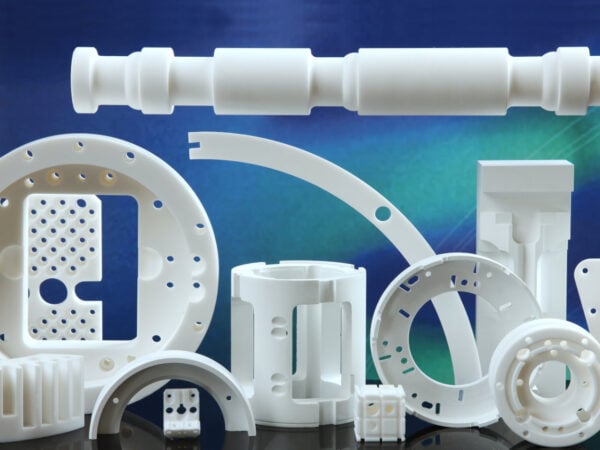The history of speed shows the greatest ingenuity, in developing from a single horsepower to some of the mightiest machines traveling at the greatest velocities. Speed has always required cutting edge technology to continue breaking the constraints, to allow us to move faster, in a whole range of environments. Ultra high temperature ceramics play an interesting part in the technological advancements of speed.
Advanced ceramics have enabled the manufacture of machines to travel at speeds in harsh environments, particularly in the last decades where any increase in speed causes an increase in friction in our atmosphere, to the point where the heat generated from atmospheric friction can erode the materials used. High temperature requirements, combined with other demands for lightweight materials and resistance to wear, materials in the Boride Nitride and Carbide groups combined with transitional elements such as tantalum, Hafnium, and titanium are some of the materials being used.
Precision Ceramics range of ceramic materials offer varying characteristics to match similar demanding requirements.

The space shuttle ceramic shielding was the one of the stories in this phase of space exploration, but the shuttle itself was only capable of 18,000 miles an hour in space.
Ceramics within the atmosphere have reached their greatest challenge with the dawn of Hypersonic flight. Hypersonic is classed as Mach 5 or above, possibly up to Mach 15, but at Mach 5 or 3800 mph, temperatures are already at 1800°C on the leading edges. In comparison a typical rifle bullet travels at only Mach 3.
A projectile travelling at Mach 15, could be seeing temperatures of over 6000°C in the Atmosphere. The current best ceramic Hafnium Carbide has a melting point of 3958°C, so the challenge is the protection of a projectile not from the enemy but from nature.

Ultra-High Temperature ceramics (UHTC) are classed as those with Melting points over 2000°C so you can see the challenge. The elevated temperature combined with the presence of oxygen increases the problems.
Once out of the earth’s Atmosphere, speeds can increase without the corresponding temperature increase and again ceramics are at the forefront. The development of Electrical propulsion in space has led the way to reducing the cost of satellites, and space exploration, where photon energy from the sun is converted to electrical energy, which is used to propel plasma over a ceramic insulator. The ceramic a BN/AlN compound – Shapal Hi-M Soft – or a BN material such as PCBN5000 with excellent electrical insulation allows the plasma to accelerate to up to 20,000 meters a second.
The current record holder is the Juno probe at 165,000 mph, an electrically powered spacecraft.
Interested in finding out more and if any of our materials are the right fit for your application? Please don’t hesitate to get in touch.
Related Topics

Materials
Precision Ceramics offers a wide range of advanced ceramic materials. We can help with the engineering tolerances, design for manufacture, selection of the materials and application environment questions.

Shapal Hi M Soft™
Machinable AlN
Shapal Hi M Soft is a hybrid type of machinable Aluminum Nitride (AlN) ceramic that offers high mechanical strength, electrical insulation, and thermal conductivity.





